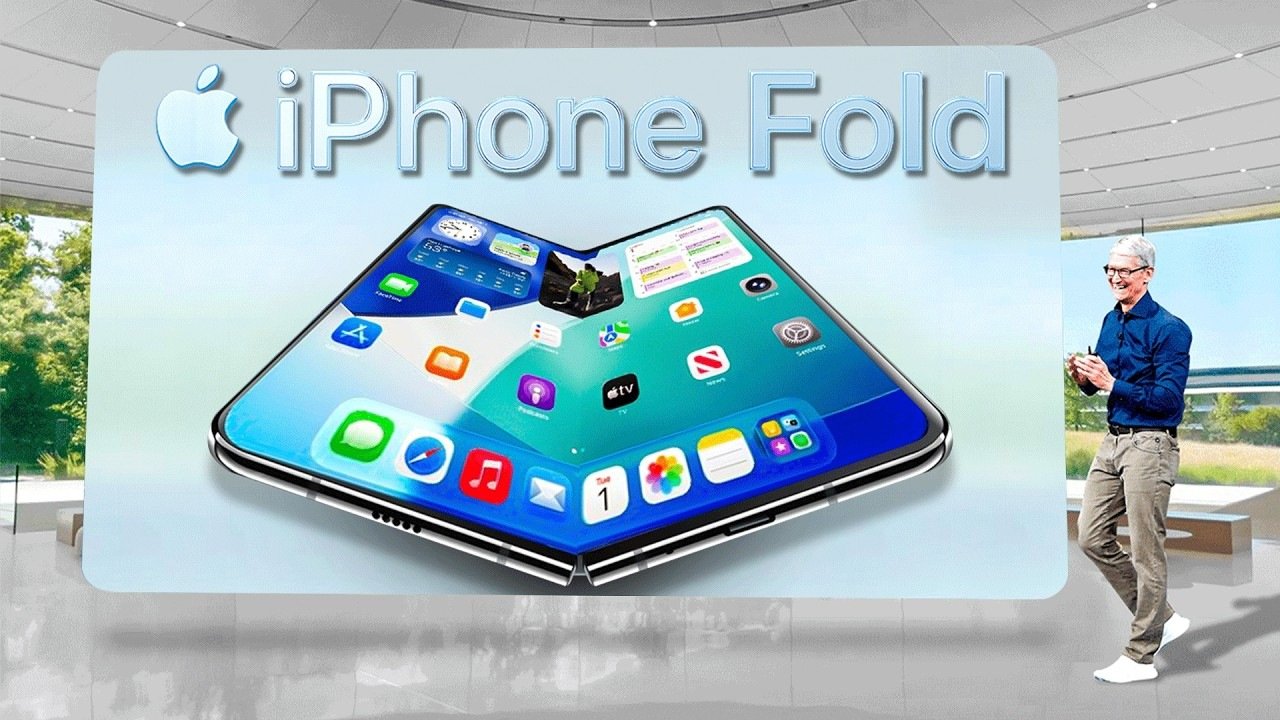GM Introduces Native Apple Music Application with Spatial Audio Capability
### GM’s Shift from CarPlay: The Arrival of Apple Music in Cadillac and Chevrolet Models
As General Motors (GM) nears the three-year milestone since initiating its shift away from Apple CarPlay, the automotive powerhouse has confirmed intentions to gradually remove the platform from more vehicles. This initiative, which first began with electric vehicles (EVs), has faced criticism from numerous consumers. Nevertheless, GM recently unveiled an encouraging update for its clientele: the launch of a new native Apple Music app for select Cadillac and Chevrolet models.
#### New Apple Music App Introduction
Starting Monday, the Apple Music app will be incorporated into the infotainment systems of selected 2025 and newer Cadillac and Chevrolet vehicles. While specifics about the models remain forthcoming, GM assures that the app will be integrated effortlessly, enriching the in-car entertainment experience for both drivers and passengers.
For Cadillac owners, the integration extends beyond basic functionality. The app will feature Spatial Audio with Dolby Atmos, developing an immersive three-dimensional sound landscape customized to the vehicle’s acoustics. This attribute intends to enhance the listening experience, making it akin to premium audio systems.
#### Standard Audio Streaming with OnStar Basics
Alongside the Apple Music app, GM is establishing audio streaming as a standard capability within its OnStar Basics service for all 2025 and newer vehicles. This indicates that customers will have the ability to stream popular services like Spotify and Apple Music at no additional cost for eight years post vehicle purchase. This initiative underscores GM’s dedication to increasing the value of its vehicles and aligning with consumer anticipations for in-car technology.
#### Industry Comparison and Consumer Responses
While the debut of the Apple Music app is a positive advancement, it may be viewed as a stopgap measure regarding GM’s overall exit from CarPlay. Analysts suggest that the transition could have been more fluid had GM’s infotainment system featured Apple Music support from the beginning.
In contrast, rivals such as Tesla have already integrated native apps for Apple Music and Apple Podcasts into their vehicles, and rumors indicate that Tesla may soon introduce CarPlay support as well. Rivian, another manufacturer that has opted out of CarPlay, has also rolled out a native Apple Music app complete with support for Spatial Audio and Dolby Atmos.
#### Conclusion
The introduction of the Apple Music app signifies an important advancement for GM as it strives to enhance its infotainment offerings amidst the ongoing transition away from CarPlay. While it may not completely resolve the concerns of customers yearning for the ease of CarPlay, the integration of widely used streaming services and advanced audio functionalities exemplifies GM’s commitment to refining the driving experience. The Apple Music app will be automatically provided to eligible vehicles through over-the-air software updates, with aspirations for broader availability across other GM brands in the future.
Read More








